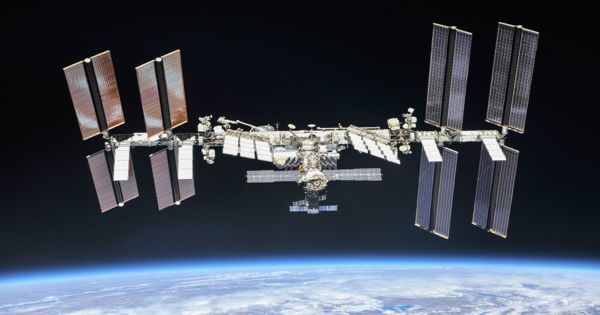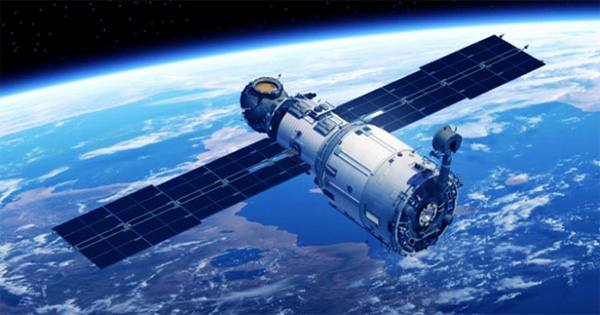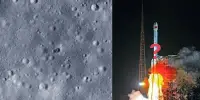Taikonaut Ni Haisheng, Liu Booming, and Tang Hongbo have safely contracted with China’s Tiangang space station, building the first new space station and the first Chinese “space traveler” to launch in about five years. China began construction of the Modular Orbital Laboratory (meaning Heavenly Palace) a few months ago, and now its main module consists of Tianhe (River of Heaven, a nickname for the Milky Way). They will spend the next three months there bringing the module into service, currently orbiting 380 kilometers (236 miles) from Earth.
The trio boarded the Shenhuzu 12 spacecraft from the Jukan Satellite Launch Center at the edge of the Gobi Desert at 1:22 a.m. yesterday, June 17, at 9:22 a.m. Babylonian time. It docked in Tianhe after six hours 32 minutes. Videos of the entire docking crew have been shared by the Chinese National Space Agency. There are several cameras around Tianhe and Shenzhou so the screenplay of the process is very nice and it has a feel to it. The mission is expected to last 90 days and will have two spacewalks. Appropriate thanks to the practice machines equipped in the main module of Timong will be tested on board as well.

The finished space station will be about one-fifth the mass of the International Space Station (ISS) and will orbit at altitudes equal to 340 to 450 kilometers (210 and 280 miles). ISST is kept at about 420 kilometers (260 miles). Two experimental modules will be launched next year. First, Vientiane (meaning Quest for Heaven) is scheduled to launch in May-June 2022, about three months after Mengtian (meaning dream paradise). The latest addition will be a separate telescopic module known as the Juntian.
The telescope is carrying an initial mirror 2 meters (6.6 feet) with a field of vision 300 times larger than the old space telescope Hubble. In the initial mission of ten years, Juntian is expecting 40 percent of the image of the sky with his 2.5 gigapixel camera. Shenzhou 13 is expected to fly next October with the next crew of Tychonauts, with the following crew starting in late spring and late 2022.
















